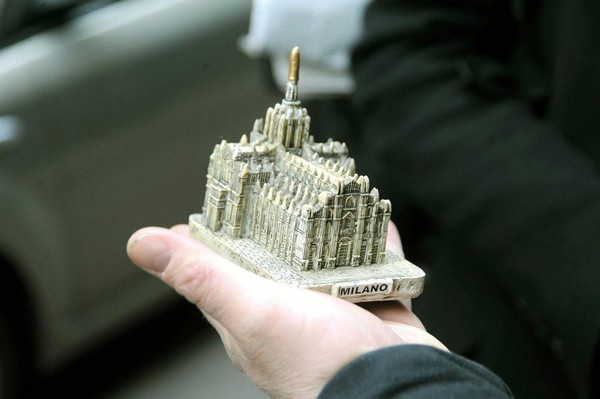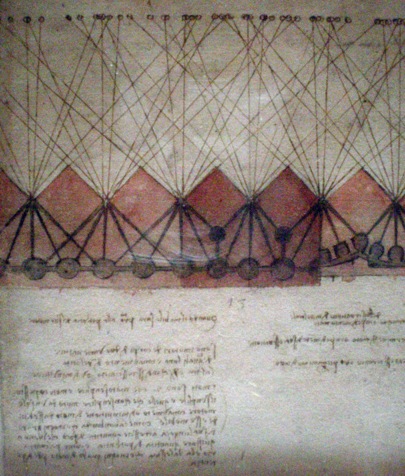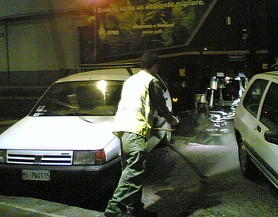Struggling with a plastic bag on the stairs the other day, I stopped to peer into the apartment of the downstairs neighbor.
Alessandra’s singleton digs have an entryway with a floor-to-ceiling white wardrobe. All the wardrobe doors were flung open and my neighbor was sandwiched between a drying rack of clothes and an ironing board.
“Cambio di stagione?” I asked.
“Exactly,” she sighed.
“Me too,” I said, holding up the trash bag.
It’s that time of year, when Italians go through their wardrobes and change clothes for the upcoming season. When they talk about “cambio di stagione”, change of season, isn’t so much about the weather but all about the clothes.
There is a built-in minimalist approach in Italy, because there are no walk-in or built-in closets here. No voluntary simplicity movement or feng shui space clearing necessary. It’s called “lack of space.”
Storage in the average Italian home (apartments and even newer small villas and condos) means, generally, one large wardrobe and regular-sized dresser per bedroom, possibly another wardrobe or cabinets in a hallway or tiny utility room.
That’s it.
At the beginning and end of every season, you edit what’s in your closet, mend or alter if needed, wash the lot and pack it away in boxes. Then you take out the next season’s gear, see what fits, what should be given away, iron everything and hang it up.
This is not natural behavior for me, raised with American walk-in closets and three-car garages. The grandfather I was named after had so much stuff he kept a junk yard for it. Following decades of construction work in California and a house-moving business (back when they literally picked up houses and moved them) he had accumulated, among other things, stained glass window fragments, carcasses of machines past, old duck decoys and girlie calendars from the ’40s that no one could bear to throw out.
In high school, I never had to shop for “vintage” clothes. The spare bedroom walk-in closet, jammed with an unholy mix of full-length “Mod Squad“-worthy leather jackets and plaid Pendleton shirts with put-your-eye-out flare collars, was a million times better.
Fast forward to life in Italy, where living out of a suitcase became a necessity. At first, the wardrobe concept was really cute. My borrowed Samsonite didn’t hold that much, anyway, and what little there was fit neatly into the nicked, crooked wooden wardrobe of my student apartment.
For the bulk of years here, I’ve moved about once every six months, but that didn’t keep me from the familial habit of hunting and gathering Stuff. It was a hard tendency to break. Outdoor markets, junk stores, jettison from other expats returning home – suitcases became the place to store these necessary extras so there would be more room in the restrictive wardrobe.
After pulling an electric blue Louise Brooks wig, an aborted sewing project, extra towels and a blackened travel iron out of a much bigger suitcase before packing to go to the U.S. a couple of Christmases ago, I decided to change my ways.
Thanks to closet organizers and storage boxes, the change of season became less traumatic: no more turtleneck sweaters under jean jackets because the coat has gone missing.
Turns out that clothes purging is just as much fun as clothes binging. The closet now looks a bit like Lucy’s from the “Peanuts”, three nearly identical togs hanging up, not even touching each other. It’s reassuring, to open a door and not have stuff tumble out.
Still, every season has its bad buys, bad fits and can’t-look-at-one-more-times. Out they go.




